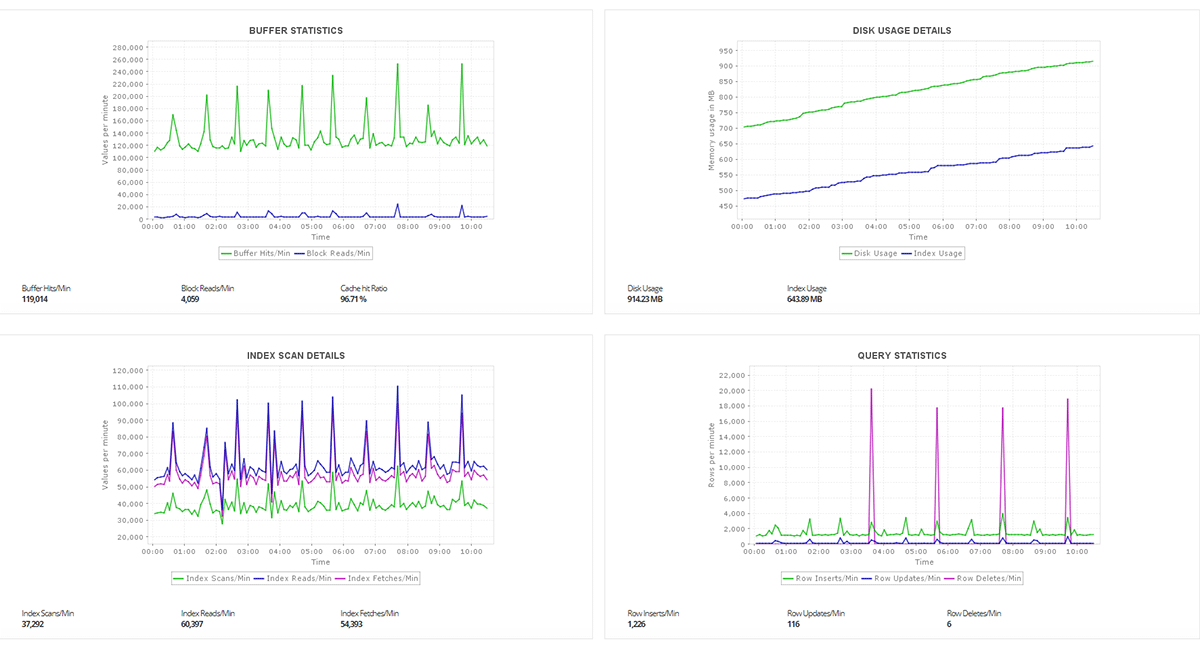

#Tools for postgresql how to#
One license is limited to one platform (you’ll need 2 separate licenses for PostgreSQL and MySQL).Ī lot of advanced features requiring time to learn how to work with them. Rather a heavy price compared to the competitors. Job Scheduler: run jobs, get notifications upon the job completion.ĭata import/export in Excel, Access, CSV, and other formats.ĭata protection ensured via SSH tunneling and SSL.Ĭollaboration with cloud services by Amazon, Google, and others. Not Open Source.Ī convenient and fast visual SQL builder.ĭata Modeling Tool: manipulate your database objects, design schemas. You need to re-launch the app.Ī very intuitive graphical tool for Postgres database management. Slow performance compared to the competitors.Īfter some time of your inactivity, DBeaver disconnects from your database. You need advanced skills to work with several databases at a time.Īn Open Source PostgreSQL management tool supporting multiple databases.Ī Visual Query Builder allowing you to add SQL queries without SQL skills.ĭata import/export in CSV, HTML, XML, JSON, XLS, XLSX.įull-text data search and an ability to display search results as Tables/Views. Slow and not intuitive UI compared to the paid competitors. Thorough documentation and vibrant community.
#Tools for postgresql code#
Shortcuts in the SQL editor for more convenient work.Ī procedural language debugger inside aimed to help in code debugging. pgAdminĪn Open Source cross-platform PostgreSQL GUI tool.Īllows for working with multiple servers at a time.Īn ability to monitor your sessions, database locks via the dashboard. Nevertheless, let’s now take a look at the other GUI management tools. The process takes minutes or hours instead of days and weeks of hand-coding.Ī low-code approach to database management is much more time-saving and flexible than the use of traditional GUI tools like pgAdmin. You can create a GUI for your Postgres database using a range of ready-made UI components like Tables, Charts, Graphs, Maps, Buttons, Dropdowns, etc. Since UI Bakery is web-based, you don’t need to spend time on installation and configuration. UI Bakery also offers rich data visualization opportunities allowing you to display PostgreSQL, MongoDB, MySQL, Microsoft SQL, Redis, and other database content in the needed form. However, using this internal tool builder, you can connect multiple data sources (databases, third-party apps, REST APIs) under one UI. It was not created for Postgres management initially.

It will probably be out of the blue for someone that Postgres-focused pgAdmin is not the only Postgres GUI tool available today.įirst of all, there’s UI Bakery, a low-code internal tool builder. Shortcuts you can use for faster and simpler work. The use of Postgres GUI, in its turn, offers you the following advantages: The main reasons why users prefer Postgres GUI over the CLI are:Ī long learning curve and complex onboarding.Ī lack of information a console gives you at a time.ĭifficulties in browsing and monitoring databases via a console. You can also access and navigate your database servers via a Postgres GUI. It allows you or any database user to query, visualize, manipulate, analyze your Postgres data.

PostgreSQL GUI is a management tool for PostgreSQL databases. Let us now make you au fait with Postgres GUI and the most commonly used PostgreSQL GUI tools. Moreover, it allows you to increase your productivity. The second option is much more convenient than CLI. Use a Postgres graphical user interface (GUI) built with one of the PostgreSQL management tools. Write queries via the command line (not everyone likes it). Over 40% of the 70,000+ respondents prefer Postgres over SQLite, MongoDB, Redis, and other databases.Īs a Postgres user, you have two ways to administrate the database: Mainly, it’s used in enterprises and supports SQL and JSON queries.Īccording to Stack Overflow, PostgreSQL is the second most used database after MySQL in 2021. PostgreSQL is an advanced Open Source object-relational database management system.


 0 kommentar(er)
0 kommentar(er)
